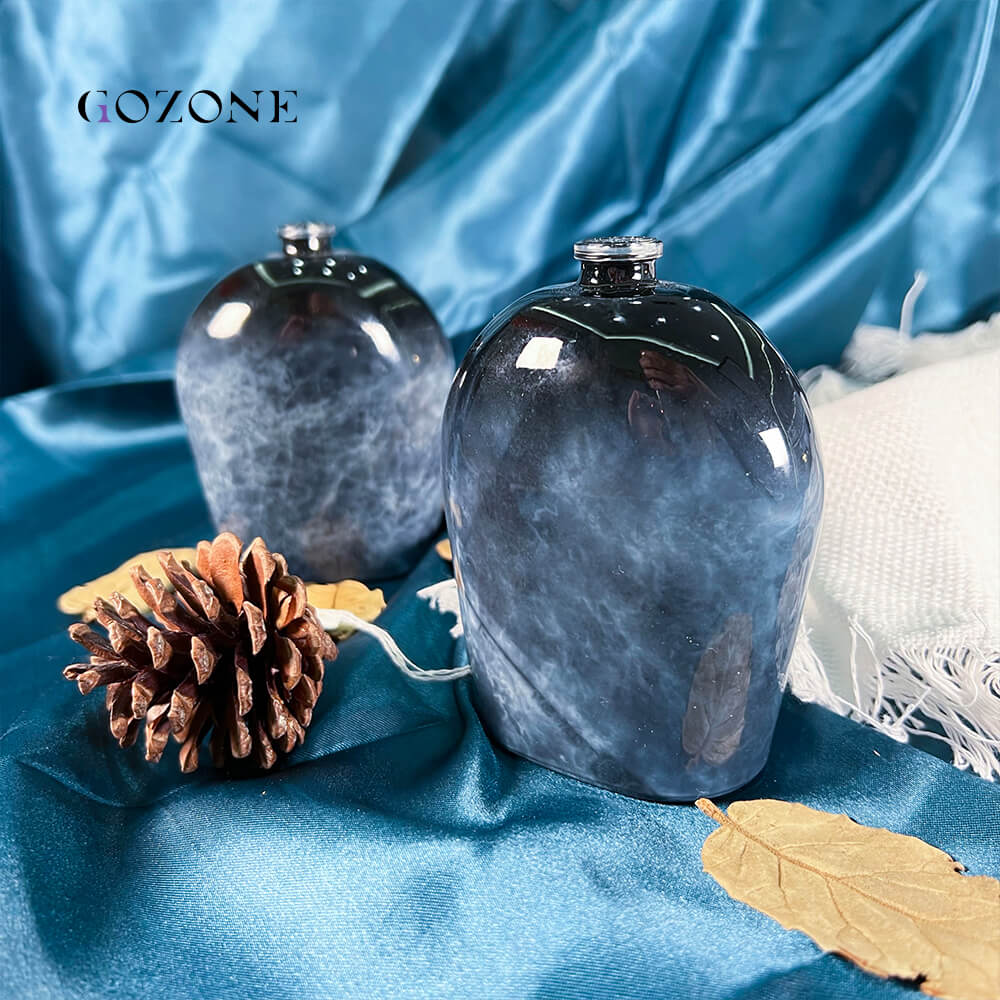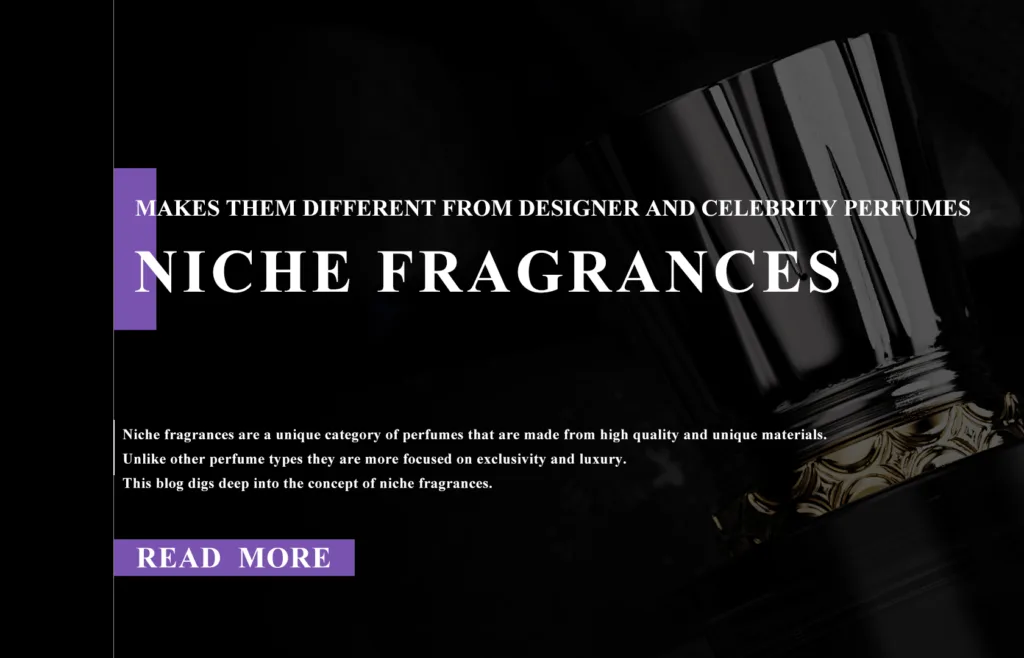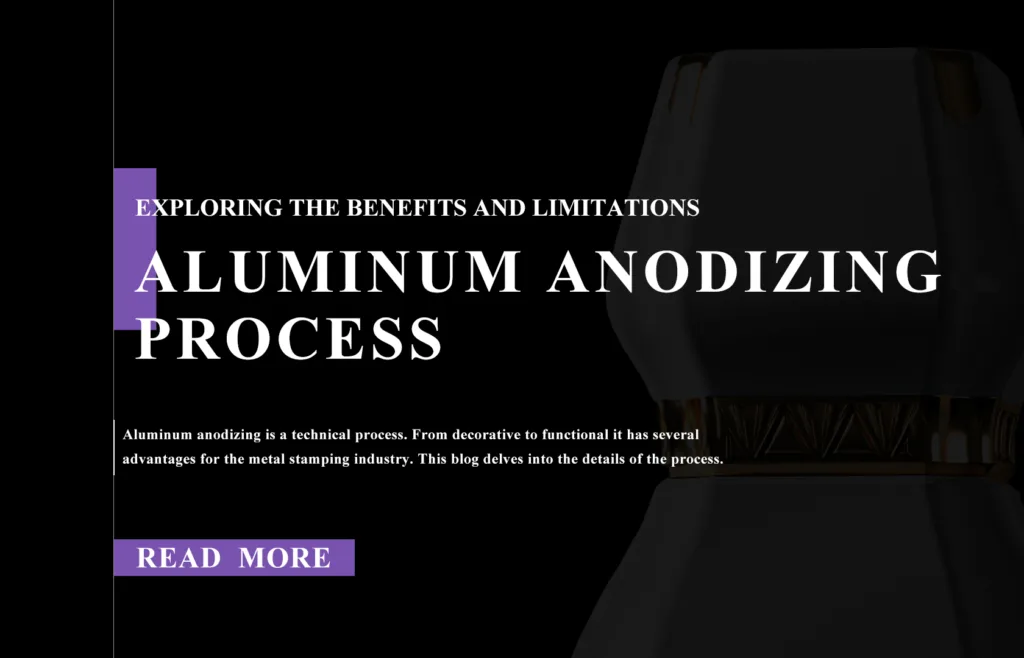Sharing its basic qualities with suminagashi (a Japanese paper marbling method), water transfer printing is a decorative technique. This technique is unique and exceptional because it uses water to print certain patterns on objects.
Water printing technique is technical yet informative to know about. This blog focuses on the application of water transfer printing techniques on glass perfume bottles. It explains the technique in detail in a step-by-step manner.
What is water Transfer Printing?
In simple words, water transfer printing is a technology. This technology decorates parts of 3D shapes with exceptional colors. This technology is suitable for any surface that can be painted. These include aluminum, plastic, and even glass.
The process starts with pre-painting a transfer sheet with a dissolvable release layer. This sheet is then exposed to a water surface. This transfers the thin layer of ink to water, a process known as activation.
This process is different when automated. The automatic process requires pretreated and primer-coated 3D substrates. These substrates are then dipped into a water bath at a slow speed. This makes the substrates enshrouded by the flexible ink film.
To remove any residual traces of the ink film, these parts are first washed and then dried.
Step-by-step detailed information is included further in this blog.
Water transfer printing is known by several different names, such as:
- Aqua graphics printing
- Cubic printing
- Hydrographic printing
- Immersion printing

What is Water Transfer Film?
Water transfer film is the material that creates personalized images and appearances on OEM (Original equipment manufacturer) parts and products. The water transfer film is also known as :
- Hydrographic film
- Immersion film
- Hydro Film
A large roll of PVA film has ink printed on it. The main characteristics of this PVA film are that:
- It is water soluble, i.e., when floated on the water, it starts dissolving.
- After floating on water, the application of activating chemicals is performed.
Water transfer films are available in huge varieties. Wood grain, carbon fiber, and camouflage are some types of water printing films.
How is Water Transfer Printing Done
Below is a detailed step-by-step description of the water printing process. It is a seven-step process that involves different techniques and equipment. Let’s have a detailed analysis of the whole process.
Essential Equipment
Depending upon the type of equipment you have, your water printing process can be:
- Manual
- Semi-automatic
- Fully automatic
Some of the must-have equipment that you should have for water printing are:
- Oven
- Painting line
- Water washing station
- Hydrographic dipping tank
All these equipment cater to different imagery requirements and have specific features.
1.Base coat application
Once the film selection is made, the first step is applying the base coat. This step is applying the base color on the object that needs printing. Depending on the base coat’s color, every pattern’s appearance looks different.
The technique for the application of the base coat is spraying.
2.Drying
Drying follows the spraying of the base coat. Make sure that the base coat is thoroughly dried.
3.Laying a film
This step involves the use of the dipping tank. The dipping tank contains water. The surface of the water-soluble film is immersed in the water of the dipping tank. Since the film is water soluble, it dissolves. The dissolution of the film leaves the pattern floating on the surface of the water.
The water film takes approximately three minutes to dissolve in the water tank. This pattern has the ability to curve around any curved surface because of surface tension.
4.Activation Process
The Activation process involves spraying the floating image with a special chemical known as an activator. The activating chemical dissolves the colors of the patterns in such a way that the image’s structure and appearance remain unaffected.
5.Transferring the image to the object
In this step, the object to be printed is immersed in the water so that it passes through the liquid layer of the floating pattern. The pattern will be evenly spread across the abject because of the water tension. An expert has just ten seconds for this process.
It will spread across the object, and the pattern will adhere firmly to the object’s surface. At the end of this step, the object will have a complete pattern printed on it.
6.Getting Rid of the Residuals
After printing the pattern on the object, some residuals of the printing film might still be attached. To get rid of these residuals, the object is thoroughly washed. After washing, they are left to dry.
7.Clear Coating
Clear coating is the last step of the process. It is part of the quality control process, actually. Clear coating of the printed objects is done to make them appear shiny. It also provides an added layer of protection to the printed part.
Clear coating involves the application of several layers of clear lacquer.

Uses and Applications of Water Transfer Printing
The uses and applications of water transfer printing are endless. From automobiles to aircraft interiors and socket wall plates to glass perfume bottles, this technique is applicable everywhere.
It can also be used for printing sunglasses, goggles and outdoor appliances.
Advantages of Water Transfer Printing Technique
1.Innovative
The water transfer printing technique is a unique and innovative process. What makes it more innovative is the ability to print complex shapes and textures on difficult angles and curves. It increases the overall value of the product.
2.Increased Adhesion
The adhesive properties of printing through water transfer printing are better than other techniques. The printing stays on the substrate for a longer period.
3.Efficient Process
Water transfer printing is a less time-consuming and more efficient process. It takes approximately thirty minutes to complete printing on a single object.
4.Personalization
Since personalization is at the heart of branding, water transfer printing gives creative freedom to the designers to print whatever patterns, shapes, and textures they want.
Conclusion
Water transfer printing is a decorative technique that uses water for printing. The whole process is less time-consuming and more efficient. It is best to enhance product personalization, especially in the case of glass perfume bottles.
It lets the designers print complex geometrical shapes and designs on difficult curves. So, suppose you want to test your creativity levels and possibilities. In that case, you should definitely try the water transfer printing technique.



